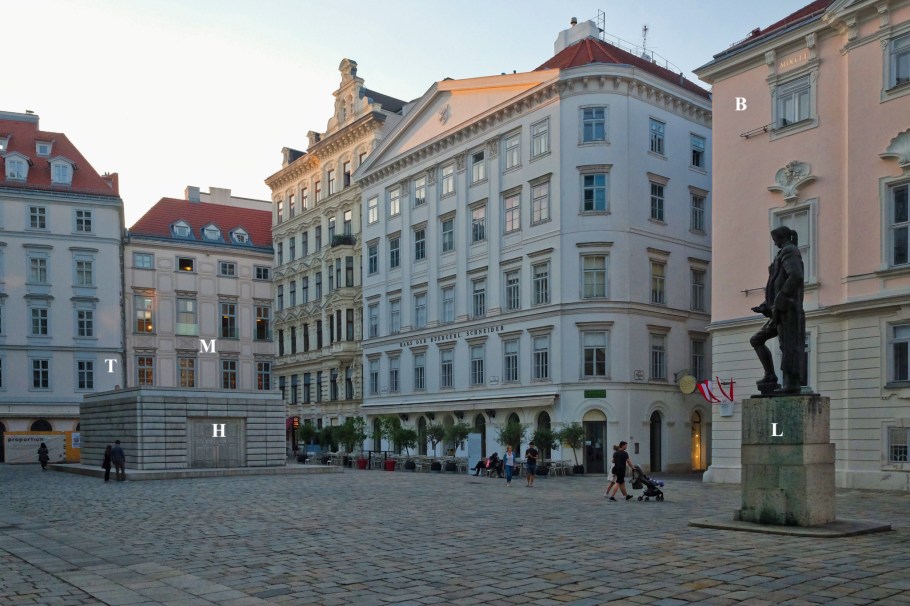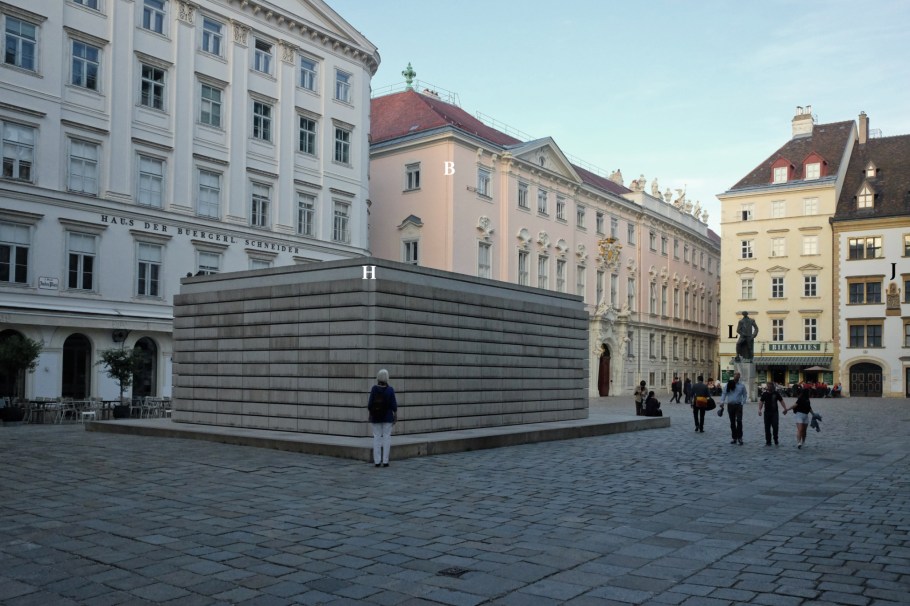T10 Slow wet tracks to Trier
E09
Travel day 10, Europe day 9.
An atmospheric low-pressure system is stuck between a low over northern France and a high over the Baltic states. The “stuck” low moves slowly over a region, but drops a lot of water in quick time.
Heavy rainfall in southwest Germany today disrupted surface traffic, including cutting off in places a key interregional and interstate rail route between Saarbrücken (Saarland) and Trier (Rheinland-Pfalz). With the route hugging the bank of the Saar river, dislodged trees and minor slides cut the route in several places, even though the swollen Saar didn’t wash out the tracks. What is normally 90 minutes with a single train took over 5 hours with a delayed train from Saarbrücken that stopped abruptly in Dillingen, a flow of pax to replacement bus service to Mettlach, and finally, single-track train service to Trier.
As of writing, maximum river heights/depths have yet to be reached as rain continues to fall, and areas of reported flood damage will broaden over this Pentecost holiday weekend.





I made three images above with an iPhone15 on 17 May 2024; the first and final images are screen captures. All listed times are in the CEDT time zone. This post composed with Jetpack for iOS appears on Fotoeins Fotografie at fotoeins DOT com.




















